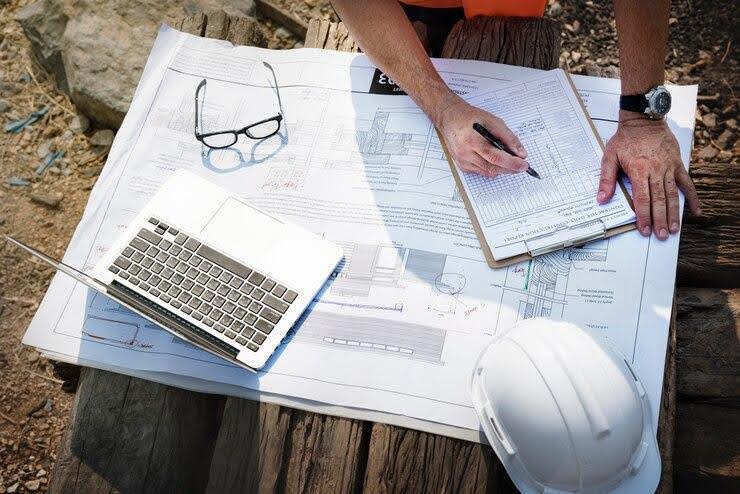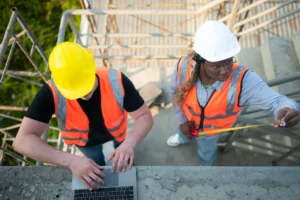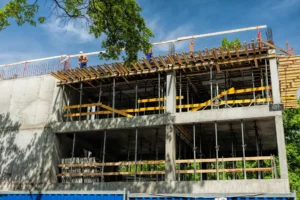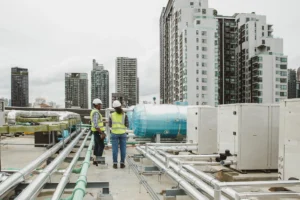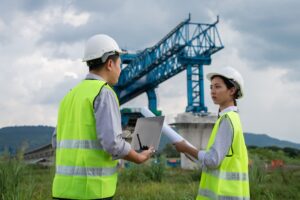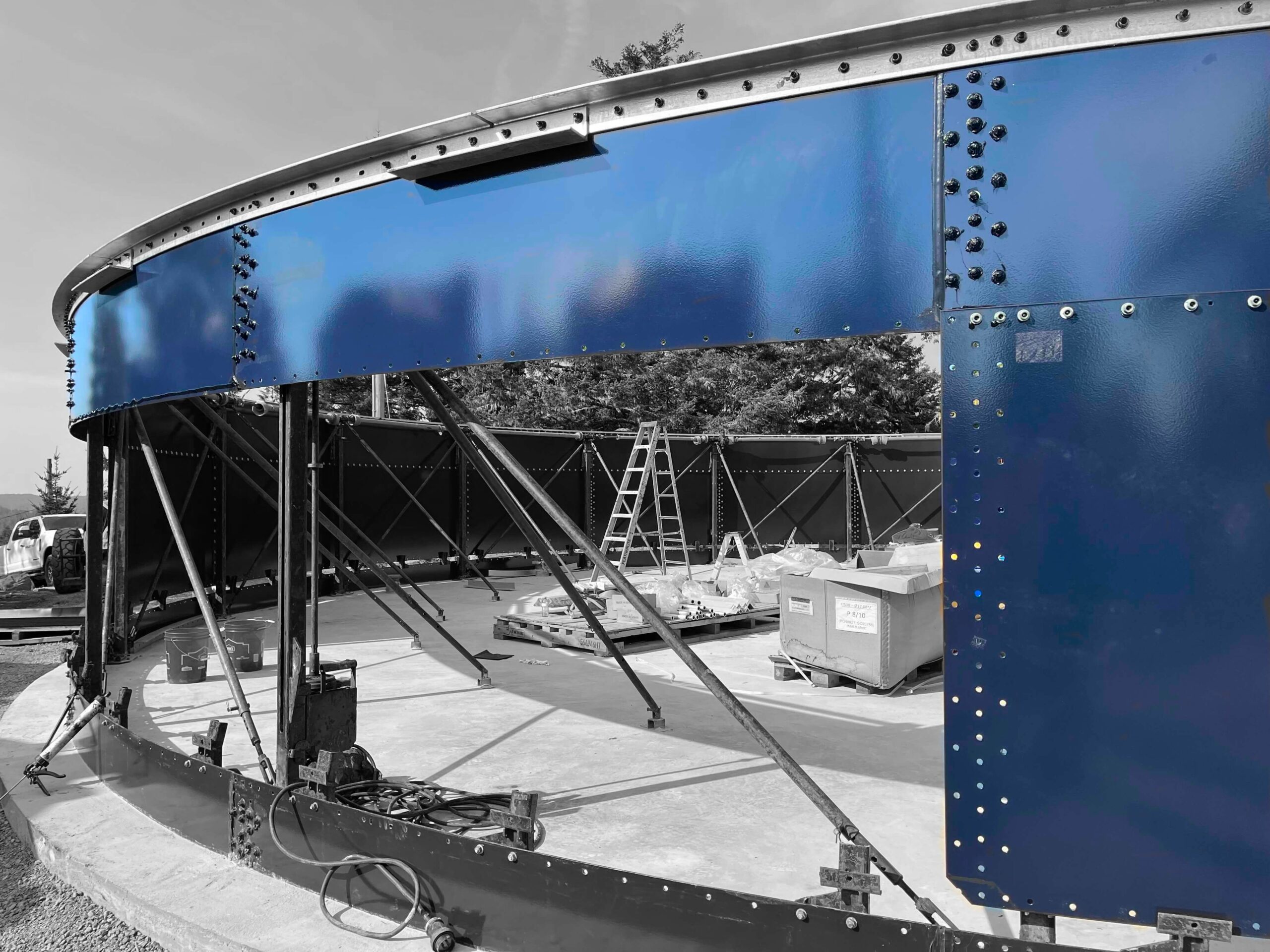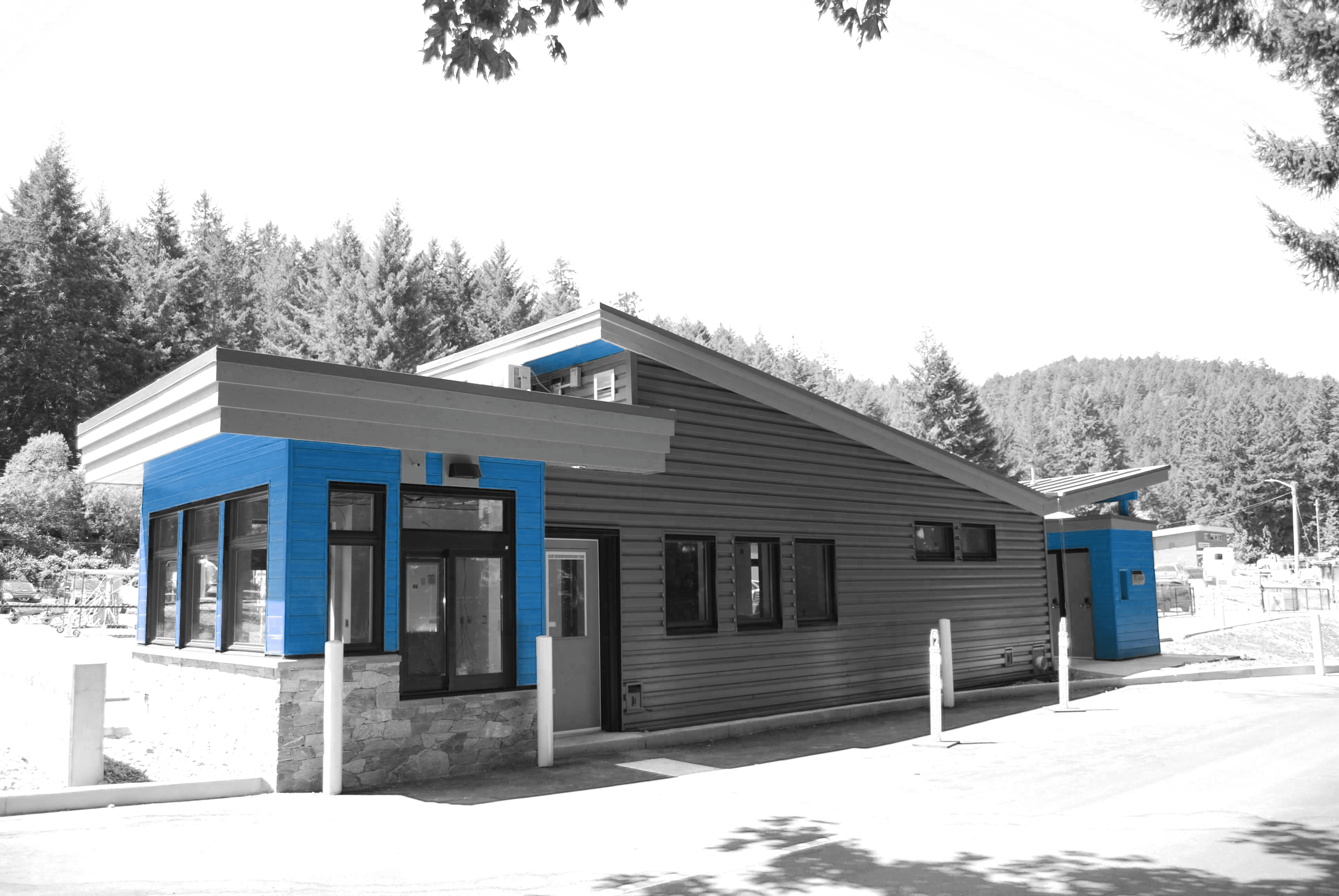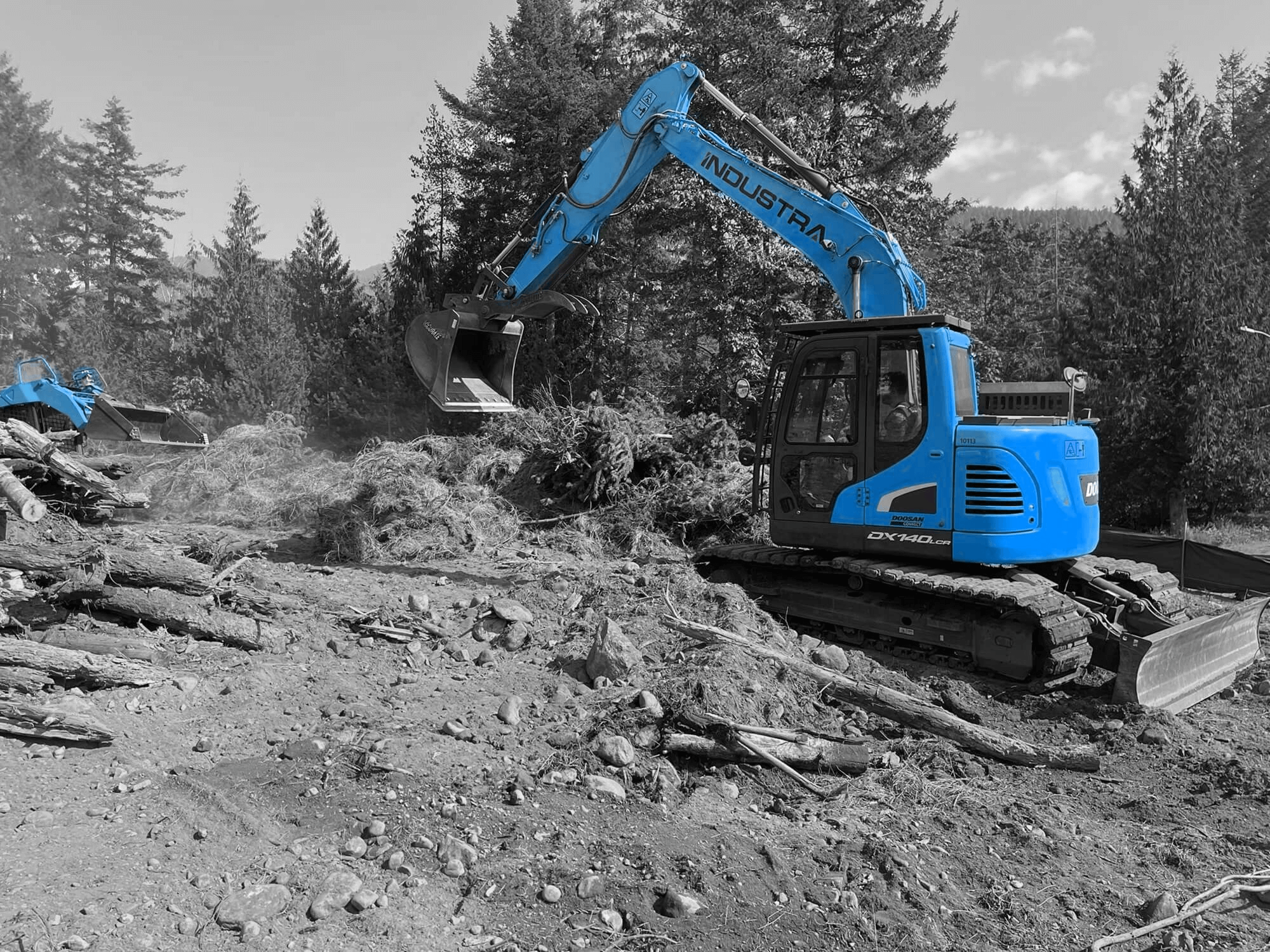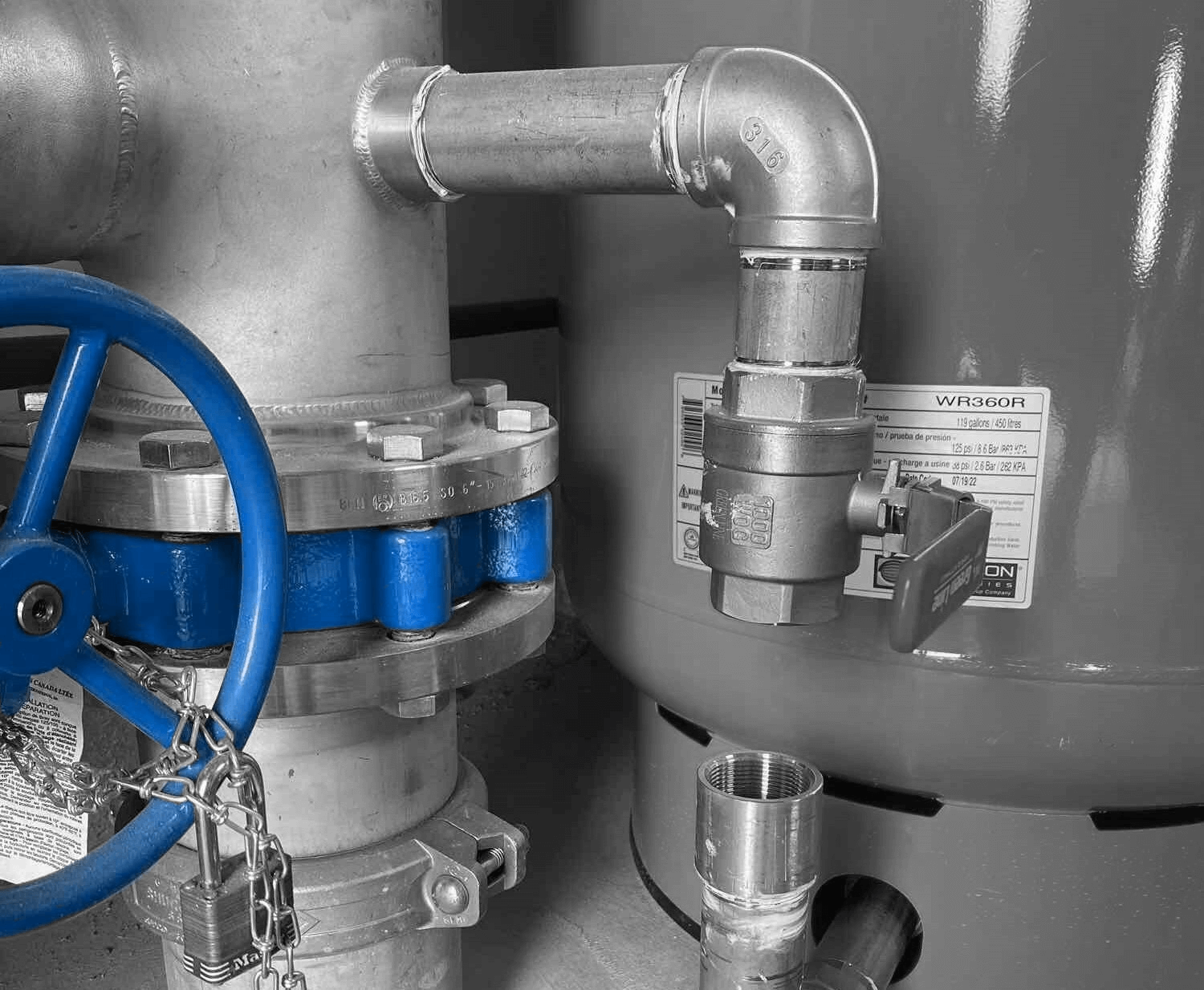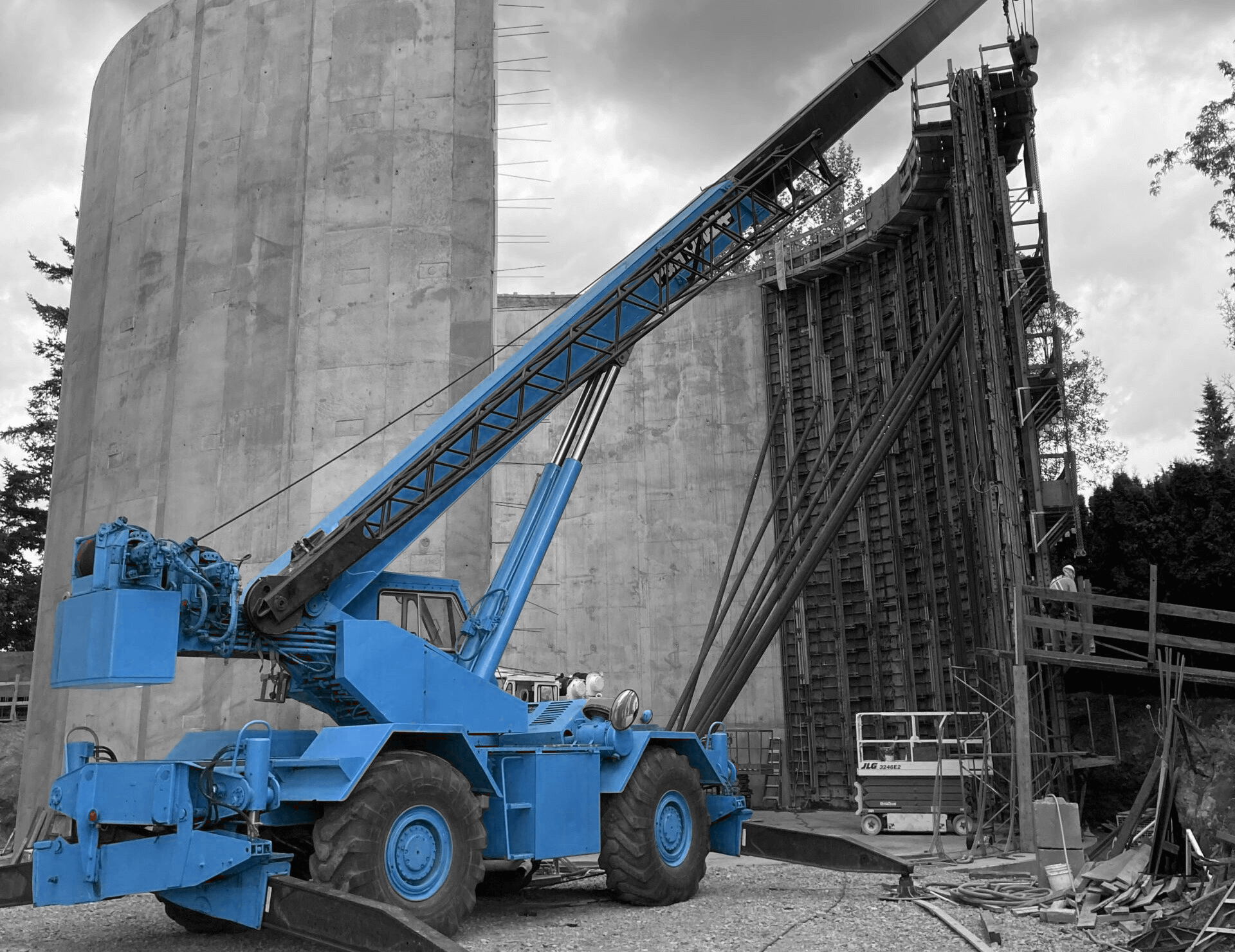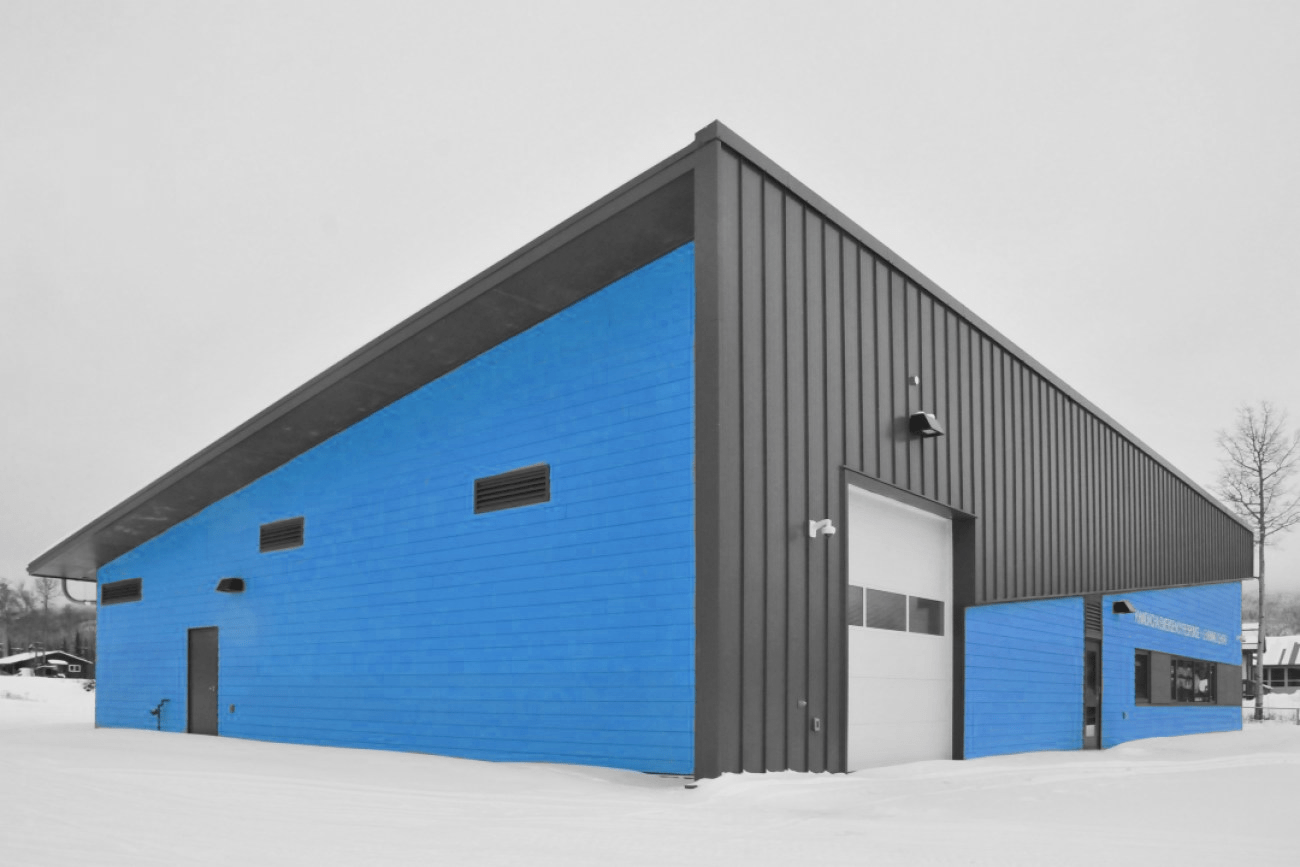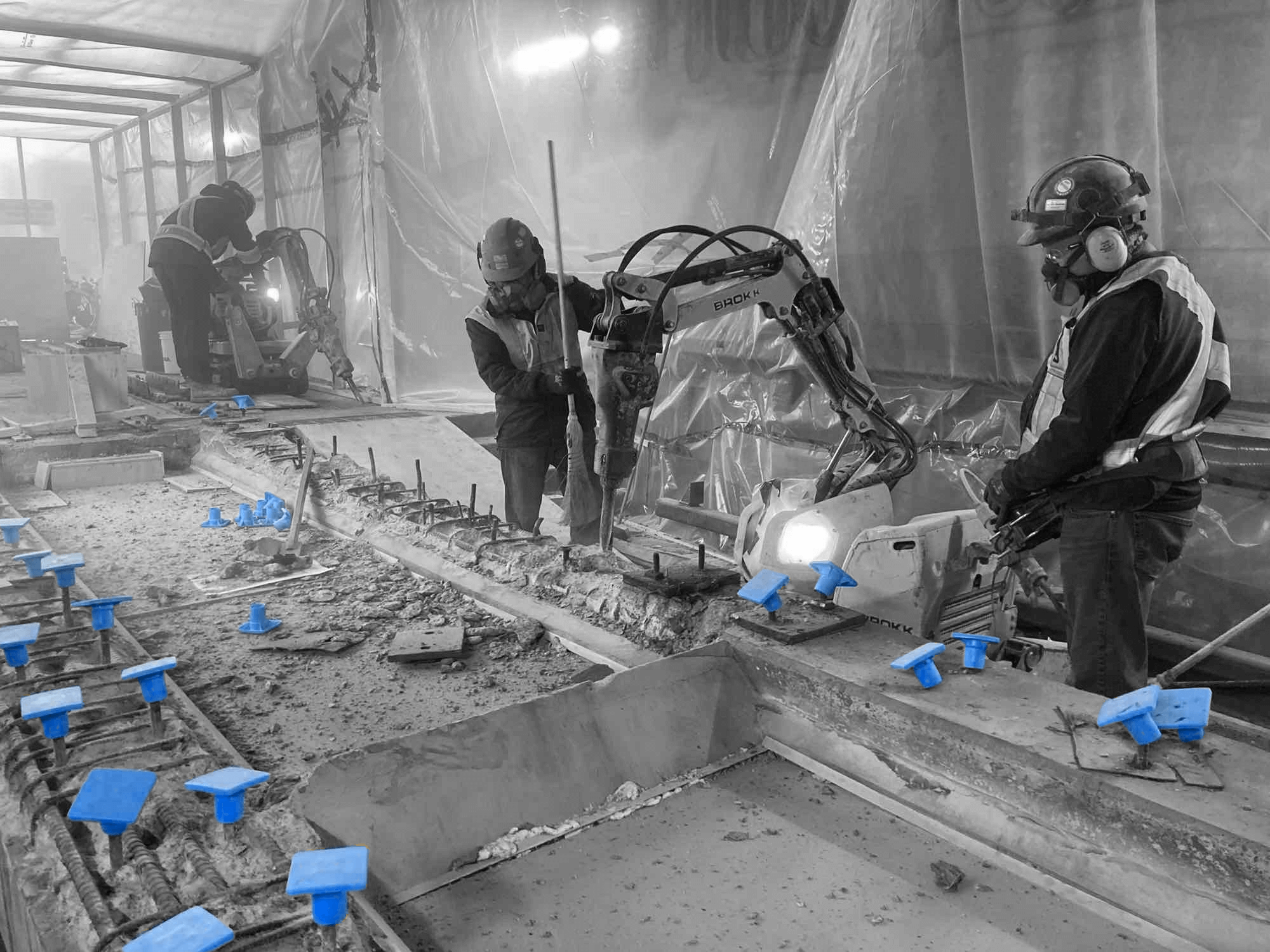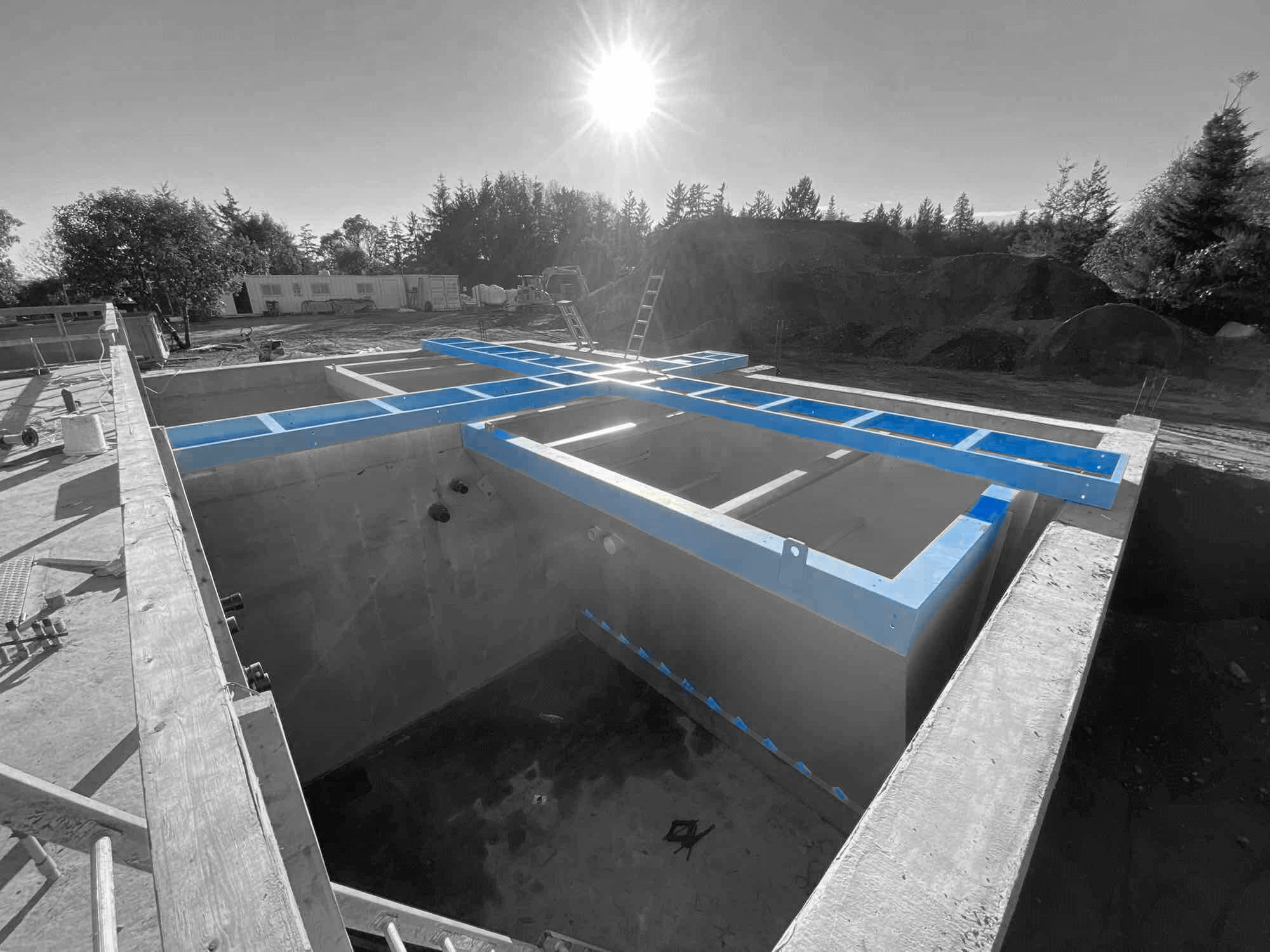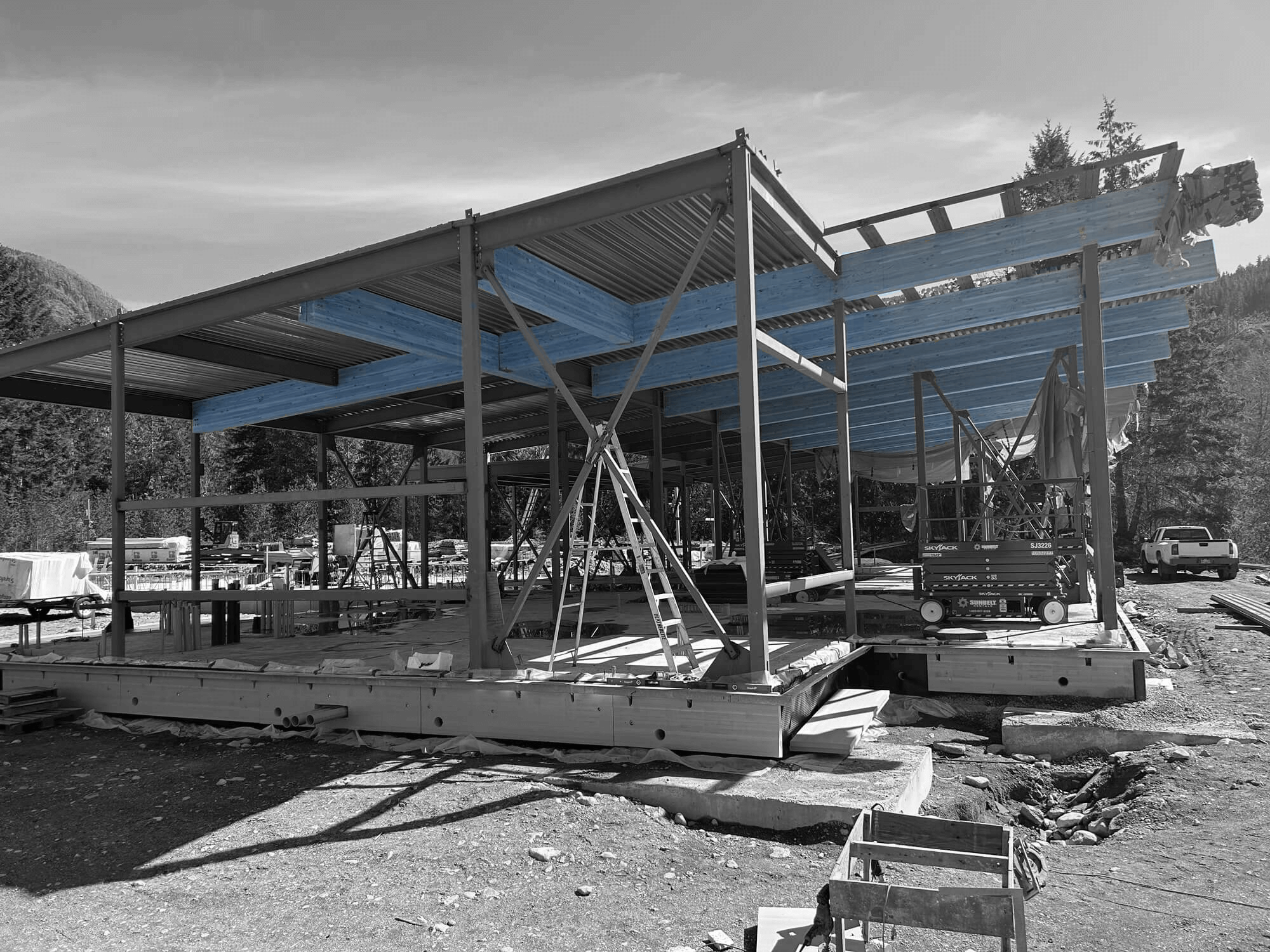Building institutions like schools, hospitals, and government buildings is more than just laying bricks and mortar. These projects are intricate endeavors that require a high level of skill, collaboration, and attention to detail. They are designed to serve communities and often come with unique sets of challenges. In institutional construction, the stakes are high, as the safety and functionality of the final product impact everyone who enters and uses these facilities.
Institutional construction projects are vital because they address the foundational needs of communities. They create environments where education, healthcare, and government services can thrive. As these structures must meet stringent standards and regulations, ensuring quality is paramount. This article explores the key factors that contribute to achieving high standards in institutional construction, making these efforts rewarding and forward-thinking.
Understanding Institutional Construction Projects
Institutional constructions are the backbone of public service provision. But what do these projects entail? Essentially, they refer to the building and renovation of facilities such as schools, hospitals, libraries, and government offices. These structures are pivotal in supporting public needs and enhancing the quality of life for those who rely on them.
The significance of these projects within communities cannot be overstated. They act as hubs for education, healthcare, and governance, making efficient design and execution pivotal. Careful consideration of the needs of the community plays a role in every phase of the project. For example, a school must be designed to support diverse learning experiences while meeting safety standards and accommodating future growth.
Several key players are integral to the success of institutional construction projects. Architects, contractors, engineers, and government agencies work hand in hand to bring these visions to life. In this collaborative environment, communication and teamwork are vital. These projects require close coordination between different professionals, each bringing their expertise to ensure success.
Key Factors for Achieving High Standards
Successful institutional construction rests on several key factors, each playing a crucial role from inception to completion.
– Detailed planning and design set the foundation. This involves careful consideration of the project’s objectives, scope, and budget. Effective planning ensures resources are maximized, timeframes adhered to, and potential issues anticipated.
– Quality control measures are a pillar of institutional construction. Implementing thorough inspection processes and employing skilled labor help maintain the integrity of the project. Regular checks prevent costly mistakes and guarantee that each phase meets the required standards.
– Adherence to safety regulations cannot be overlooked. Ensuring the safety of construction sites and final structures is non-negotiable. This involves compliance with local building codes and health and safety laws, protecting everyone involved in the project.
– Effective communication among stakeholders is the glue that holds the process together. Clear, consistent dialogue between architects, builders, and clients is necessary to align goals, address concerns promptly, and adapt to changes as needed. Regular meetings and updates keep everyone on the same page, facilitating smooth progression.
By focusing on these elements, institutional construction projects can meet and often exceed public and regulatory expectations, delivering facilities that serve communities effectively for years to come.
Best Practices for Successful Execution
Executing institutional construction projects with precision involves applying a set of best practices. These methods ensure not only that projects meet required standards but also that they align with the unique needs of the communities they serve. Among these practices is the utilization of advanced technology. Innovations such as Building Information Modeling (BIM) can revolutionize project planning and execution. BIM helps in visualizing the entire project lifecycle, reducing errors, and improving collaboration among teams.
Skilled labour and training hold significant importance in construction projects. Having experienced personnel ensures tasks are performed correctly and safely. Ongoing training keeps workers updated on the latest techniques and safety protocols. This commitment to skill development can significantly impact the quality of work and the efficiency at which projects are completed.
Implementing sustainable building practices is another essential aspect. As environmental awareness grows, eco-friendly construction methods increase in priority. Using materials that are sustainably sourced, reducing waste, and designing energy-efficient buildings can contribute positively to both the environment and the community.
Ensuring timely project completion is a challenge in itself but crucial for success. Effective project management practices, such as setting realistic timelines, monitoring progress regularly, and adjusting plans when necessary, are key to staying on schedule. A well-managed project minimizes disruptions and meets stakeholder expectations effectively.
Challenges and Solutions in Institutional Construction
Institutional construction projects encounter several obstacles along the way, but strategic solutions can turn these challenges into successes. One common problem is the coordination between various stakeholders, which can become complicated and lead to miscommunication. To address this, establishing clear communication channels from the start ensures everyone is aligned and informed.
Budget constraints also pose significant hurdles. Unexpected costs can arise due to price fluctuations in materials or unforeseen site conditions. This requires adaptive financial management and contingency planning to handle the situation without compromising on quality.
Weather conditions, particularly in locations like Ontario, add another layer of complexity. Projects need to adapt to seasonal changes, ensuring construction activities align with weather forecasts to prevent delays. Building a flexible schedule that accommodates weather-related interruptions helps maintain progress.
A real-world example of addressing these challenges can be seen in the construction of a new community hospital in Mississauga. By integrating advanced project management tools and maintaining open dialogues with local authorities, the project managed to stay on track despite initial setbacks. This highlights how proactive planning and adaptability can overcome common barriers in institutional construction.
Building a Strong Foundation for the Future
Achieving high standards in institutional construction is no small feat, yet it comes with great rewards. These projects lay the groundwork for innovation and excellence, shaping the future of our communities. Ensuring that these constructions are executed with care, precision, and foresight means they will serve effectively for generations to come.
The key to successful institutional construction lies in a careful balance of tradition and innovation—using time-tested practices while embracing new technologies and methods. By fostering collaboration, focusing on sustainability, and addressing challenges with strategic solutions, these projects can exceed expectations and set new benchmarks for quality. Each new building becomes a testament to the shared vision of creating environments where communities can flourish.
For those seeking excellence in construction in institutional buildings, Industra Construction Corp. stands ready to deliver the expertise needed to turn your vision into reality. With a commitment to quality and innovation, our team ensures that every project meets the highest standards and serves the community effectively. Discover how our services contribute to creating lasting and impactful spaces.


